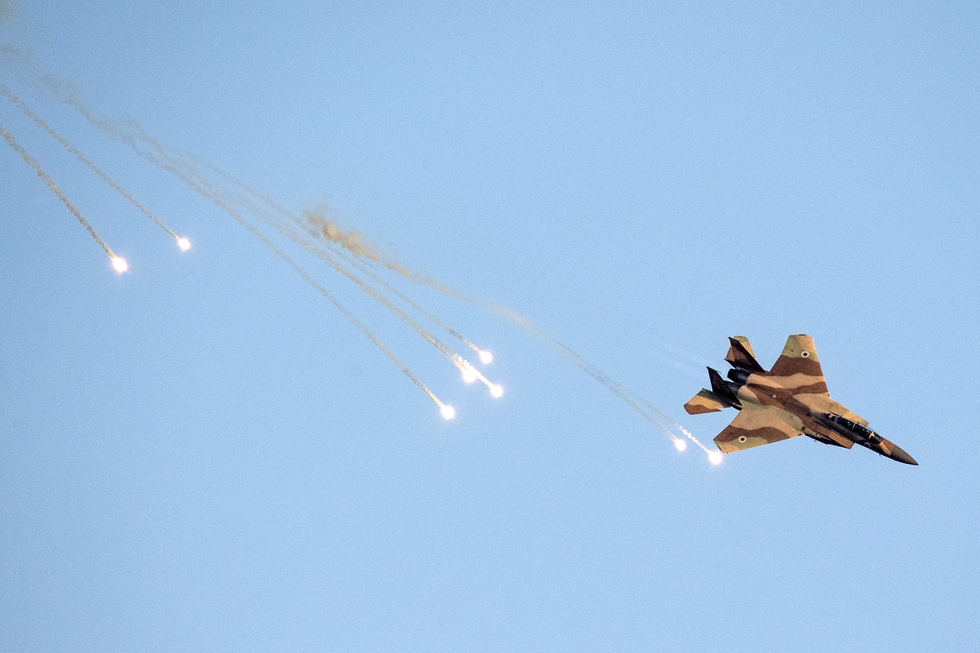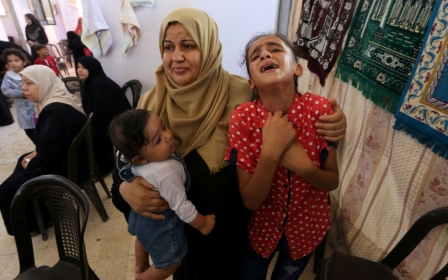Two Palestinians killed in Israeli air strike in Gaza

Two Palestinians have been killed in an Israeli air strike on the Gaza border, the besieged enclave's health ministry has said, with Israel saying they had planted a suspicious object next to the border fence.
A ministry spokesman said the bodies of two men had been taken to a hospital in southern Gaza after the strike which occurred at 11pm (20:00 GMT) on Monday.
The ministry confirmed the identities of the two slain Palestinians on Tuesday afternoon, identifying them as 18-year-old Naji Jamil Abu Assi and 21-year-old Alaa Ziyad Abu Assi.
The Israeli army said in a statement late on Monday that the men were targeted after planting a device.
"Terrorists suspiciously approached the security fence in the southern Gaza Strip and placed an object adjacent to the fence. In response, an [Israeli] aircraft fired towards them," the statement said.
On Monday evening, at least 26 Palestinians were shot during renewed protests in northern Gaza, the health ministry said.
Palestinians have been protesting since 30 March as part of the Great March of Return.
The protest campaign calls for an end to the 11-year Israeli blockade on Gaza and for Palestinian refugees' right of return to the lands that their families fled during the establishment of the state of Israel in 1948.
Since the demonstrations began on 30 March, the Israeli army has killed at least 181 Palestinian protesters and wounded thousands more, according to Gaza's health ministry.
One Israeli soldier has been killed.
Israel maintains a crippling blockade of the Gaza Strip, which critics say amounts to collective punishment of the impoverished enclave's two million residents.
Middle East Eye propose une couverture et une analyse indépendantes et incomparables du Moyen-Orient, de l’Afrique du Nord et d’autres régions du monde. Pour en savoir plus sur la reprise de ce contenu et les frais qui s’appliquent, veuillez remplir ce formulaire [en anglais]. Pour en savoir plus sur MEE, cliquez ici [en anglais].




